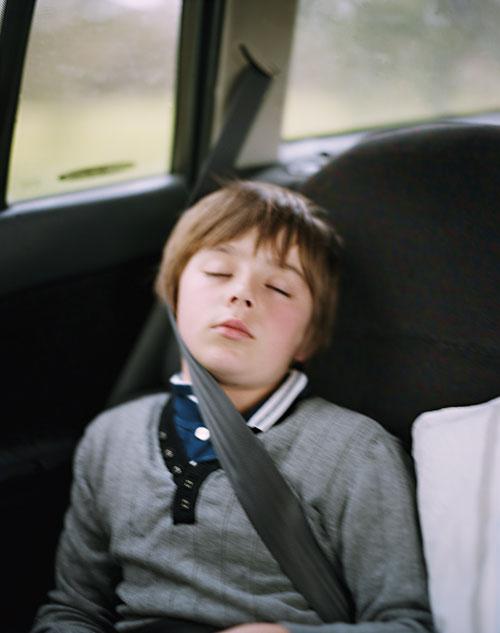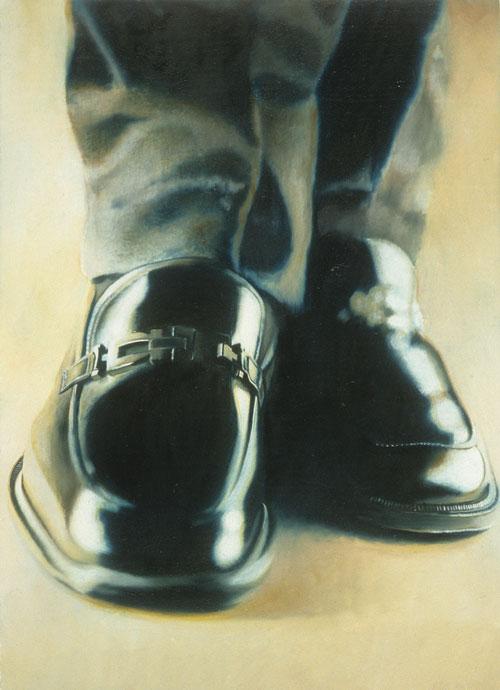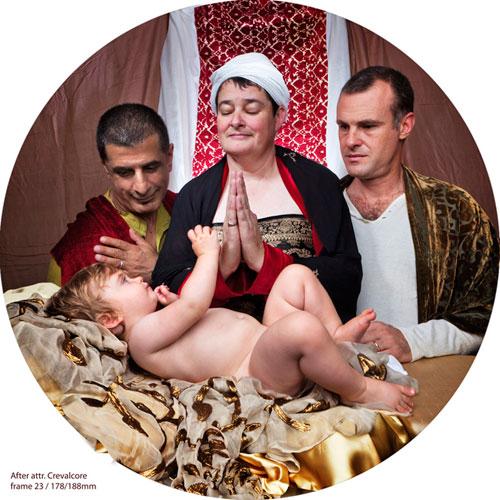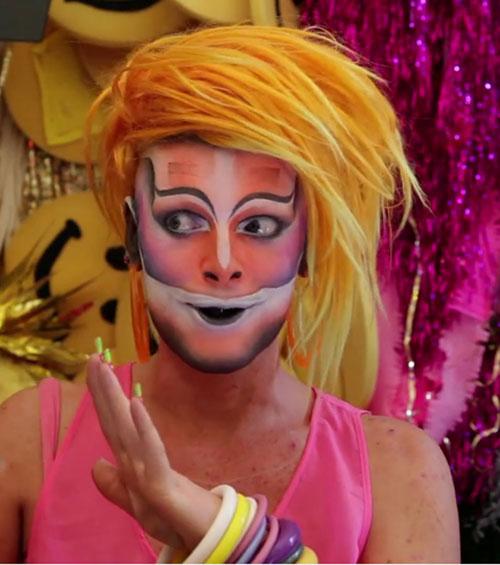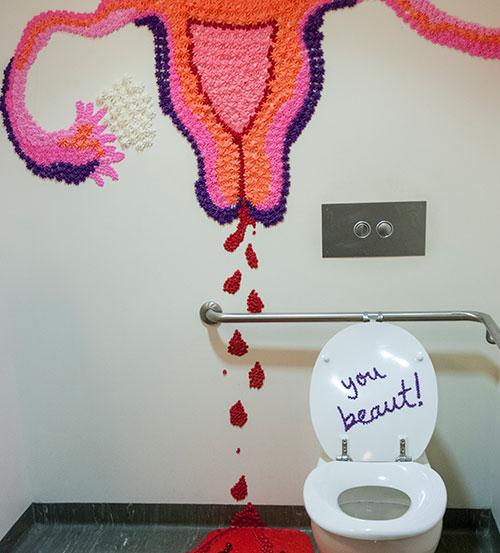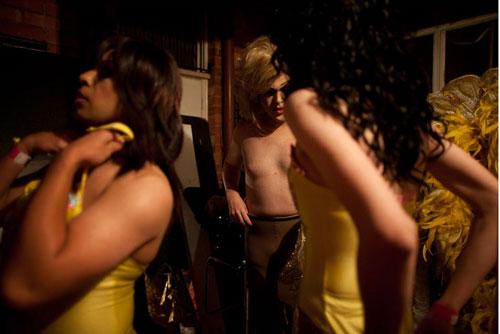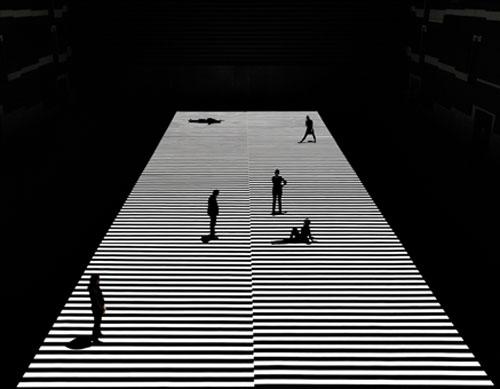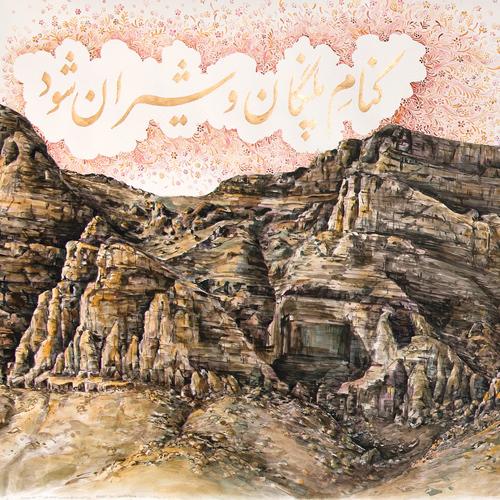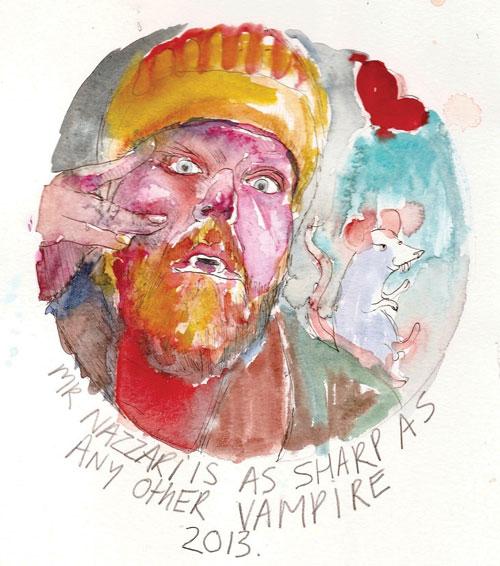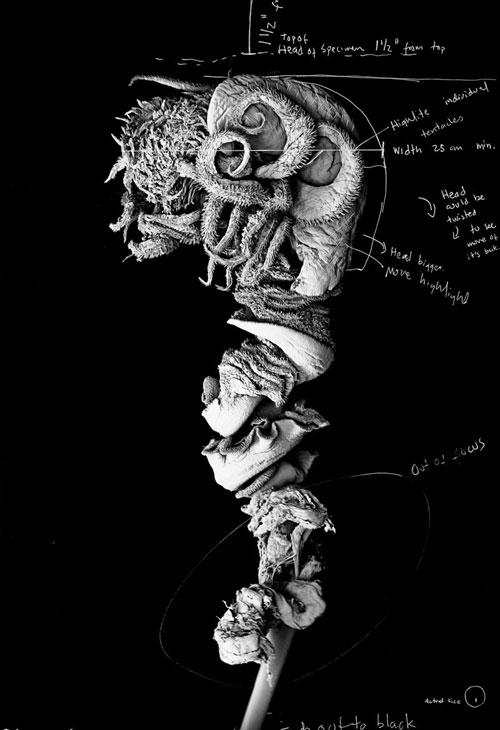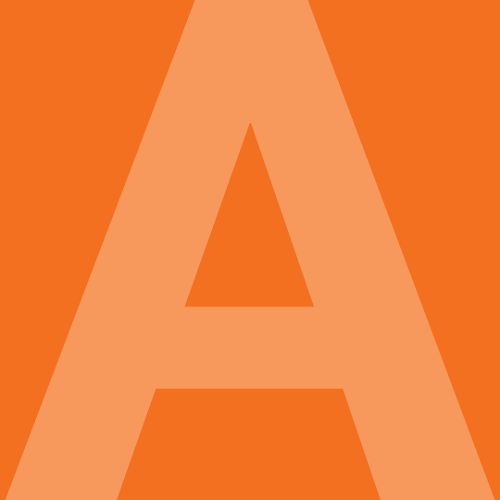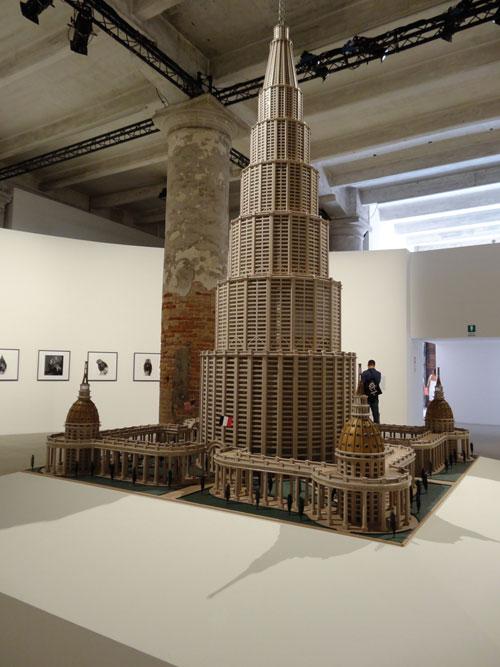Artrave
Valuing the artist
David Pledger, founder director of Not Yet It’s Difficult, has published a paper titled Revaluing the Artist in the New World Order, in which he argues for a radical rethink of how a nation should manage its support for artists. Having worked extensively in Europe and Asia, he cites government mindsets and policy settings in those regions that are very different from the North American/British funding models that Australia has been wedded to. He responds to the recent Review of the Australia Council and to Simon Crean’s Cultural Policy and while he applauds the Policy as far as it goes, he identifies the tragic inability of these institutional frameworks to deal with the fact that intermedia is the defining mode of the 21st Century, and that this reality has not been factored in to future visions of the arts in this country. In his examination and comparison of the ways different countries tackle the rapid changes that we are all experiencing, he commends Belgium and Korea for their insights into the new media environments. He criticises the Australia Council on several scores, including its corporatisation of arts culture, and its promotion of the arts as an ‘‘industry’’ like any other, (epitomised by employing a former CEO of Telstra as its Director), but also for its lamentable lack of Asia-literacy over the past few decades, when more geographically disadvantaged countries such as Germany have been so much more proactive.

